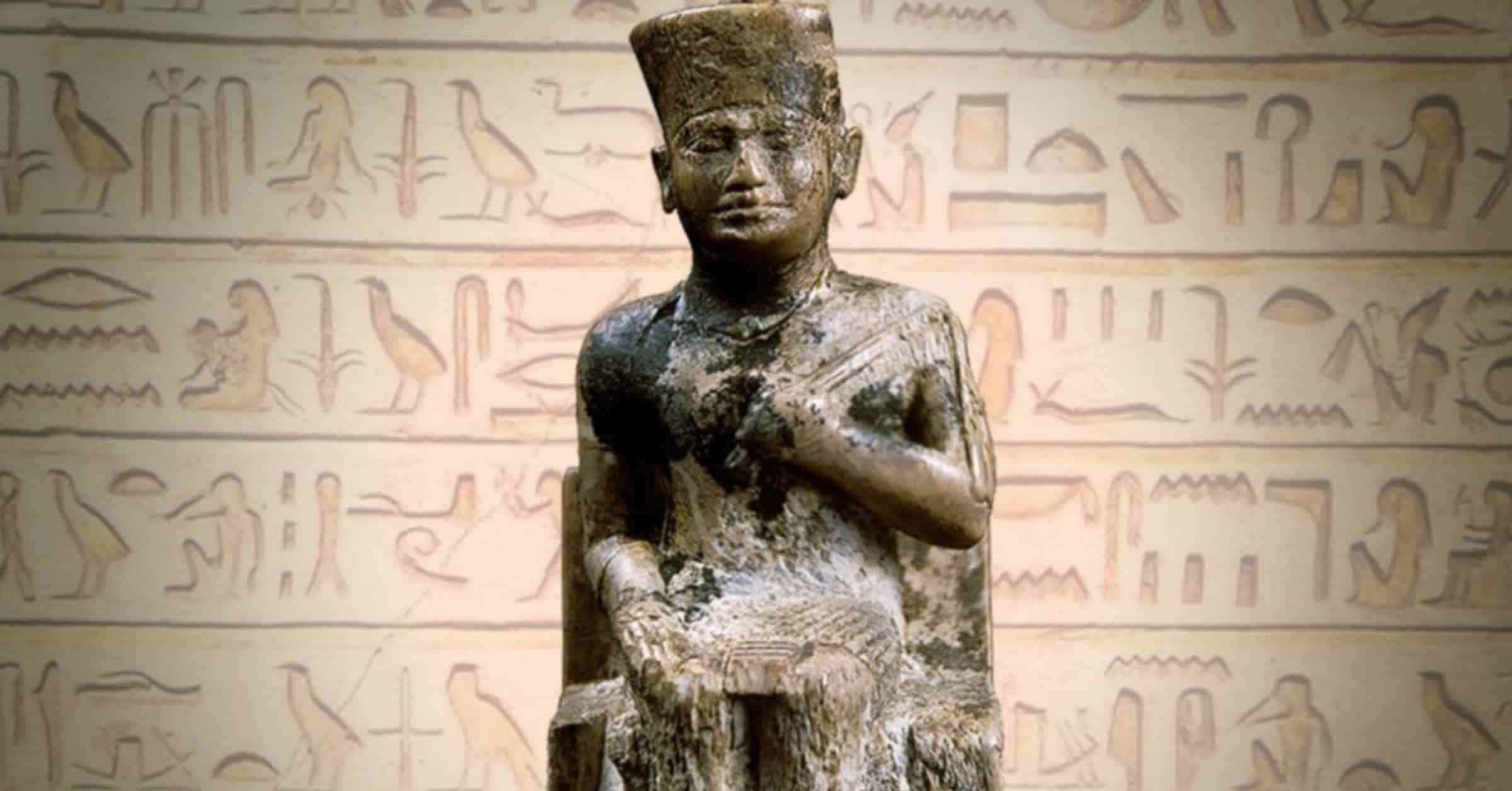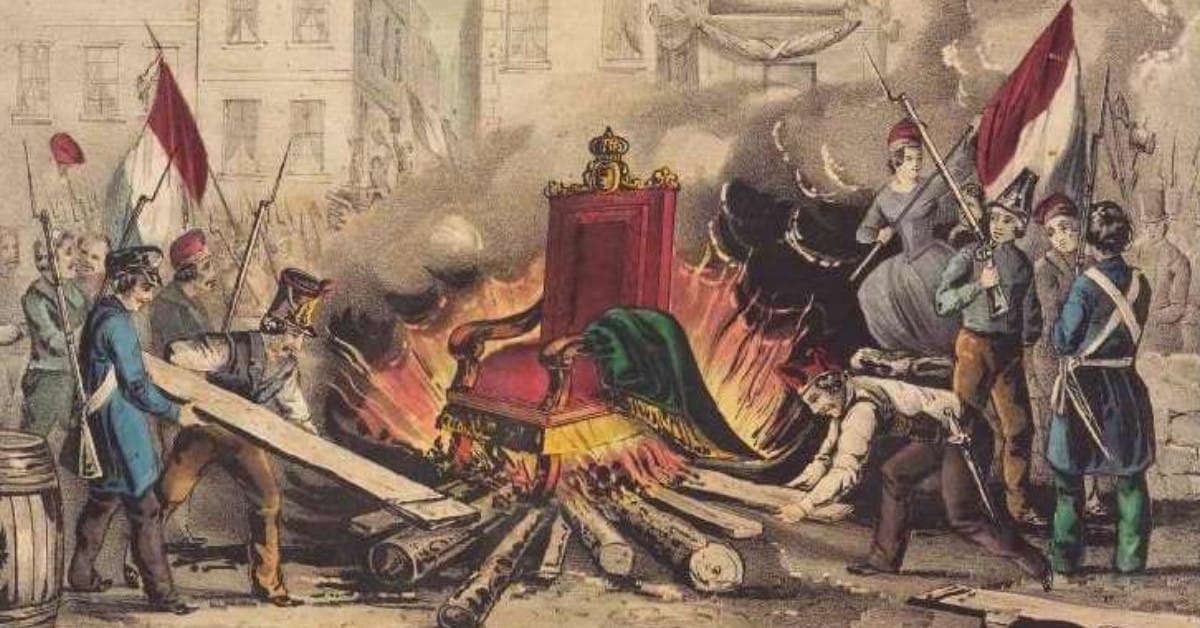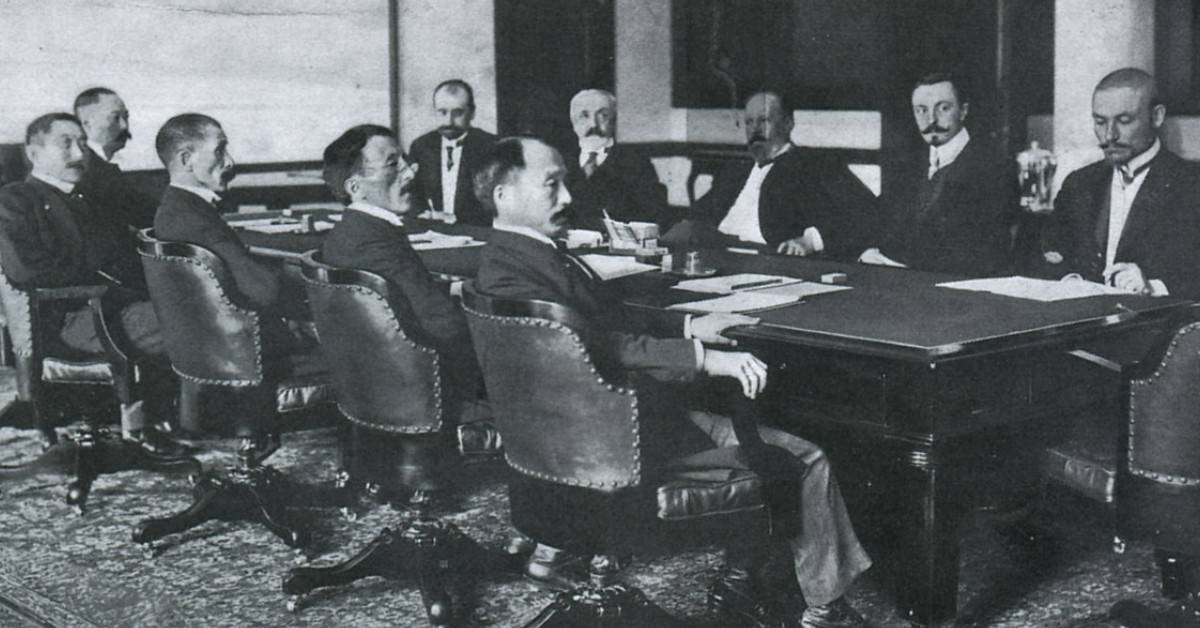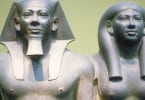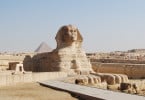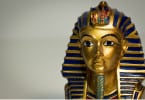Khufu is the name of the second Pharaoh of the Fourth Dynasty of ancient Egypt. It is known as the one for which the largest pyramid in Egypt was constructed on the Giza Plateau. We don’t know many of the aspects of his personality, his biography is largely incomplete.
The Pharaoh Khufu (2589 – 2566 BC)
Khufu was the second pharaoh of the fourth dynasty, possibly the most famous New Kingdom pharaoh. His full name is Khnum-Khufu, meaning “Khnum Protected.” He was called Suphis or Cheops by the Greeks. Existing documents indicate that he may have reigned somewhere between 23 and 34 years; Manetho, a historian of the third century BCE, also proposed a 63-year reign. He ‘s believed to have expanded Egypt’s borders into the Sinai.
Under the Fourth Dynasty pharaohs, Egypt prospered, which is why it became possible to fund the huge building projects. His son Djedefre, whose rule was very short, succeeded Khufu, and another of his sons, Khafre. The second pyramid of Giza was built by Khafre.
King Khufu Filiation
The great number of years separating us from the birth of Khufu will make us humble in the face of the accuracy of genealogical knowledge. But certain facts are known, archaeologically speaking.
We believe that Khufu was the son of Snefru, the founding pharaoh of the Fourth Dynasty. Married to his half-sister Hetephérés I, he had a first son, Khufu, then two other sons of a second marriage, afterward. When Snefrou I disappeared it was obviously Khufu who took the throne of Egypt. It was around in -2550 (to two years, the dates diverge).
Khufu had 12 children from four different wives, including Kaub I, who was planned to be his successor but died before he could take over, Djédefrê, who would replace his father, Khafra, who would follow Djedefrê and Hétep-Hérés II, who would become Djédefrê ‘s mom.
It should be remembered, thus, that the relationship between brother and sister was not a hindrance to the relationship between husband and wife. In fact, Khufu married Meritites I and had Kaub I, Baoufrê, Djédefhor, and Mérésânkh II.
He had Khoufoukhâf, Khéphren, Khâmerernebty I and Minkhâf together with his second wife, Hénoutsen. He had Khentetenka, Djédefrê and Hétep-Hérès II with his third wife Noubet and eventually, he had Néfermaât, Néfertkaou, Ka-Néfer and Âkhkhâf with his fourth wife.
Sons of Khufu
- Kawab
- Djedefra
- Khafre
- Djedefhor
- Babaef I
- Khufukhaf I
- Minkhaf I.
- Baufra.
- Horbaef.
Daughters of King Khufu
- Nefertiabet
- Hetepheres II
- Meresankh II
- Meritites II
- Khamerernebty I
King Khufu Reign
There is no specific information about the reign of King Khufu, but the 19th dynasty Royal Canon of Turin granted Khufu 23 years of rule. The name of Khufu appears in Hatnub and Wadi Hammamat local quarries.
There is a stone inscription on the Wadi Maghareh in Sinai, which portrays Khufu holding two crowns. Several expeditions were sent to Byblos by Khufu in an effort to exchange co-operating tools and weapons for Lebanese timber. This form of wood was important to him, as he used it to create funerary vessels. The boats that were found inside the pyramid were built of this kind of wood.
The least we can say for Khufu is that he has constructed three key elements of architecture. The best known is the funeral complex that we know from the iconic Khufu pyramid.
The grandeur of this complex, which has no counterpart in all ancient Egypt, indicates the importance of the King (Pharaoh) in the Egyptian civilization of the middle of the third millennium. The number of workers required to create it, as well as the tenacity it was necessary to show, indicates the organization of the Egyptian people without blame.
There was then no doubt that this nation was an independent, strong, independent state with all the requisite trades for public life. And during the reign of Khufu, there is a kind of apogee.
The other buildings of Khufu are the Temple of Bastet, one devoted to the Temple of Hator (It is Denderah, the town of Luxor is 65 km north), and the other to Babastis, which was an extinct anciently founded town near the Temple of Zagazig).
Khufu ‘s reign ended with his death, at about 2527 (the dates were not well known for two years). It was his younger son Djédefrê who took over when his elder son Kaoub I was dead. The reign of Khufu and the heir of Djedefrê, Khafra, will be brief and unrecognized.
The Religion of King Khufu
No great change in the practice of religion under Khufu, but a proof of the rise in the worship of the god Re. This worship has been recognized but rarely seen since the first dynasty. The god Re had always been more revered under Snefru than in previous Pharaohs, but cults had taken further flight under Khufu.
King Khufu Pyramid
The oldest and most powerful wonder of the world is the Khufu Pyramid. It took about 20 years to develop and was covered with a limestone surface. In fact, it was built as the king’s tomb, but it seemed like a man ‘s largest building ever. The one who planned and built this magical building was Hemiunu, Khufu ‘s nephew.
It has a capacity of approximately 2,3 million blocks and contains three chambers, one of which belongs to the monarch, one to the queen. There is a very odd thing about the pyramid and no script or hieroglyphs in the pyramid can be seen.
Kingdoms of King Khufu
In the ancient Kingdom of Egypt, Khufu had several special mortuary cults. At the end of the 6th century, at the Necropolis were about 67 mortuary priests and 6 separate senior officials. According to a historical classic in the Middle Kingdom of Egypt, King Khufu saw a magic miracle and obtained the promise of a wizard named Dedi. The necropolis of Hufu has been restructured and Giza, by the New Kingdom, has become a major economic and cultural destination.

